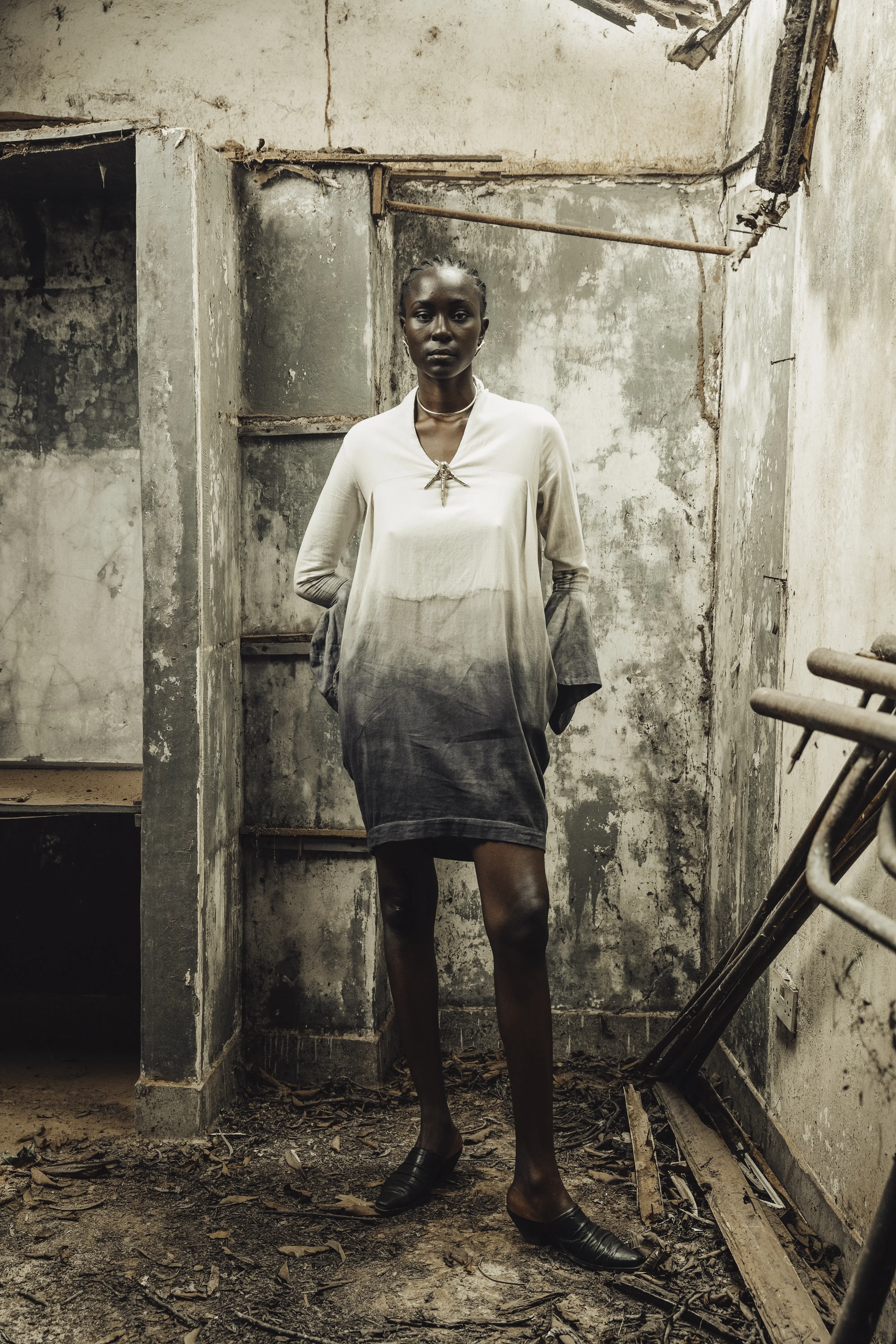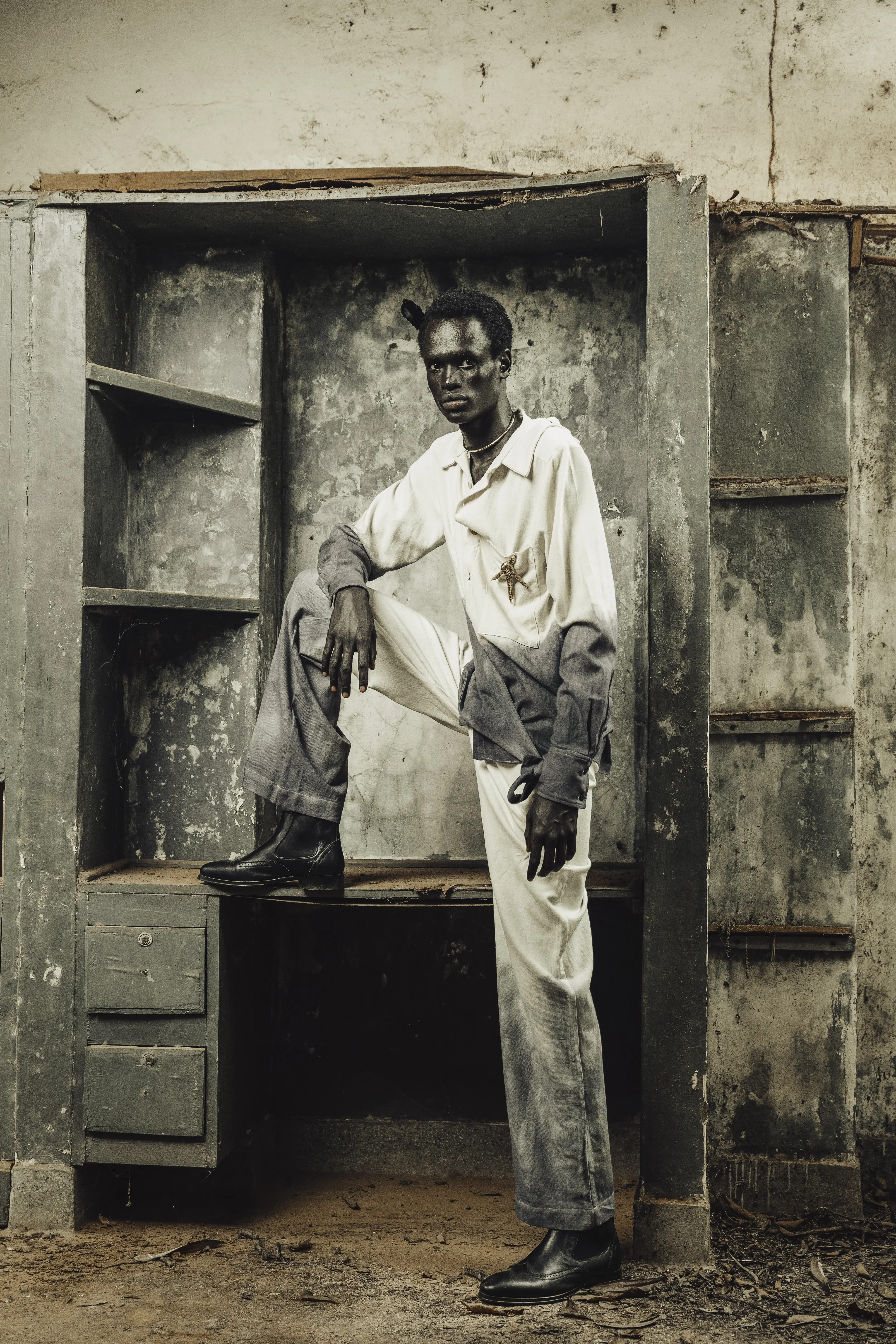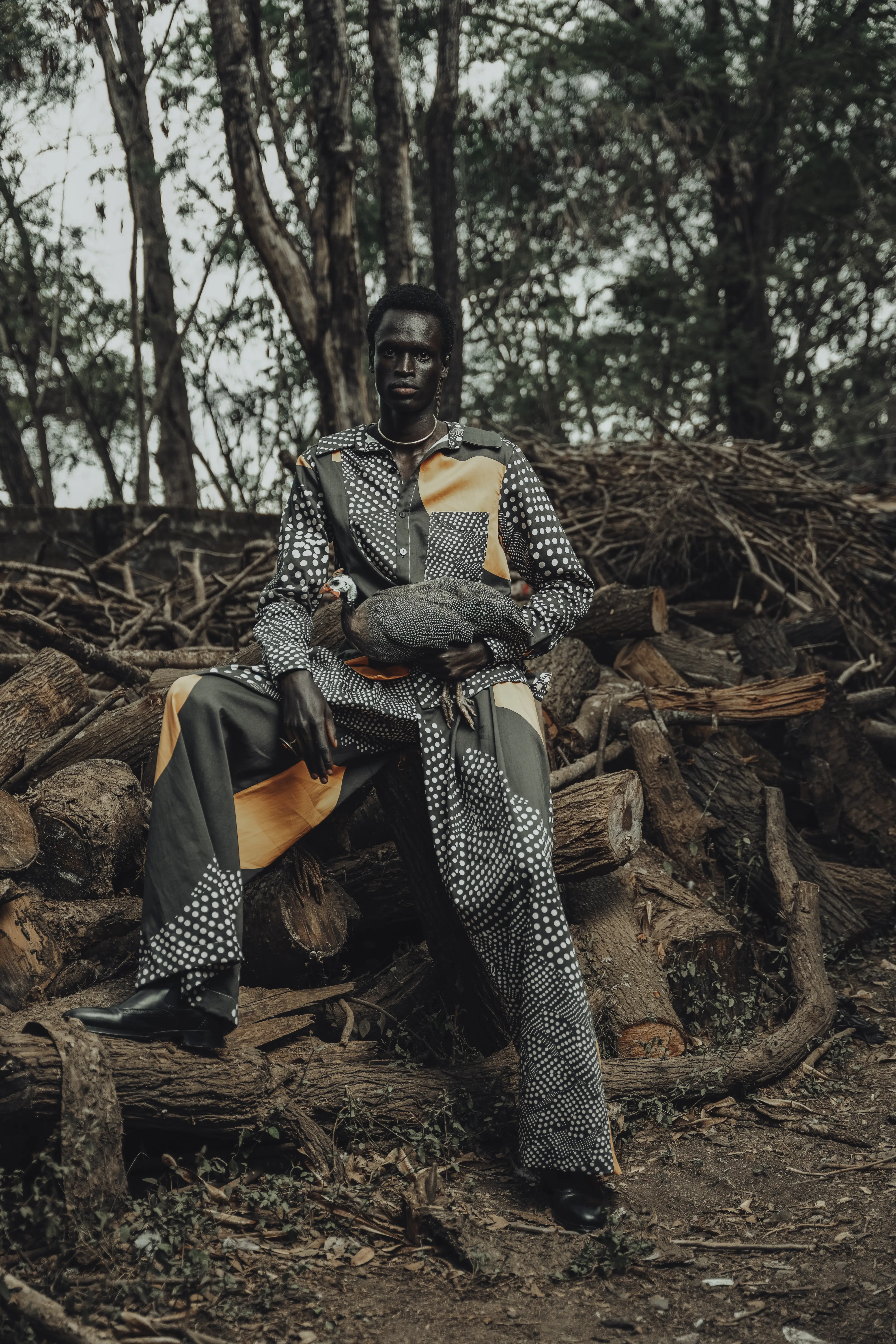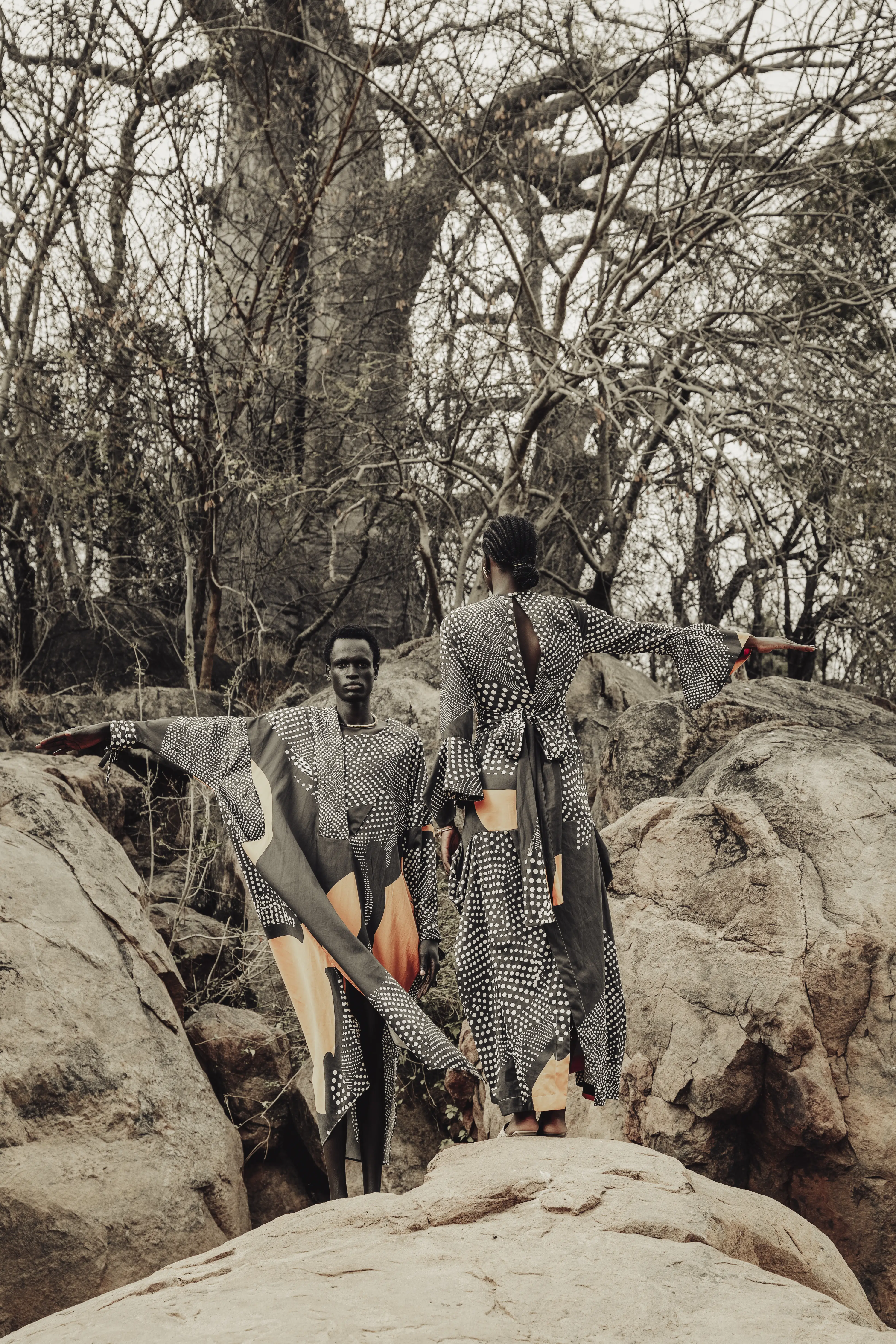Kenya’s fashion scene is experiencing a transformative renaissance. At the intersection of tradition and innovation lies a burgeoning industry that fuses local craftsmanship, storytelling, and contemporary design. Emerging designers like Katungulu Mwendwa are at the forefront of this movement, offering collections that resonate deeply with both cultural heritage and global appeal.

Mwendwa’s, the designer behind Katush Nairobi, latest collection, "Obsidian Dawn," embodies the soul of Kenya, honoring the landscapes and traditions of her hometown of Kitui. Drawing inspiration from her grandmother’s workshop and local artisans, Mwendwa channels memories of weaving, pottery, and storytelling into wearable art. Her designs are rooted in sustainability, with handwoven East African cotton and gold-plated brass accessories crafted by local artisans. These materials not only uphold Kenya’s rich history of craftsmanship but also highlight the importance of building resilient communities—a value passed down from generation to generation.

This collection also pays homage to a lesser-known piece of Kenyan folklore: the 1930s Kamba folktale of the guinea fowl and the chicken. Through fluid silhouettes and vibrant prints, Mwendwa breathes life into these ancestral tales, reimagining them as wearable narratives. Her work captures the balance between softness and strength, tradition and modernity, much like the duality inherent in the folktale itself.
Beyond the textiles and designs, Kenya’s fashion industry is deeply intertwined with its cultural identity. Traditional garments like the kanga and kikoi are more than clothing; they are expressions of identity, communication, and artistry. The kanga, for instance, is often adorned with Swahili proverbs, serving as a canvas for wisdom, humor, and social commentary. Similarly, the beadwork of the Maasai is a global symbol of Kenyan heritage, each color and pattern telling a unique story of community and belonging.
Designers like Mwendwa are bridging the gap between these age-old traditions and contemporary aesthetics. They are redefining what it means to be a global designer, drawing inspiration from the past while addressing the future’s challenges—sustainability, community, and authenticity. Her claw-shaped accessories, for example, symbolize both protection and elegance, reflecting the layered narratives embedded in Kenyan culture.
For those unfamiliar with Kenya’s rich fashion tapestry, exploring it offers a deeper understanding of how culture and lifestyle shape design. Kenyan fashion reflects the resilience, beauty, and diversity of its people, making it an essential chapter in the global fashion narrative. Each piece tells a story, inviting the wearer to engage with Kenya’s history and future.

Kenya’s fashion renaissance invites the world to take notice. Through designers like Katungulu Mwendwa, the global audience can experience a culture that embraces its roots while daring to innovate. Fashion enthusiasts seeking inspiration beyond Western trends will find a treasure trove in Kenya’s creative landscape. Exploring Kenyan fashion is more than discovering beautiful designs; it is a journey into a rich cultural narrative that continues to evolve, inspiring curiosity and connection in all who encounter it.






Comments